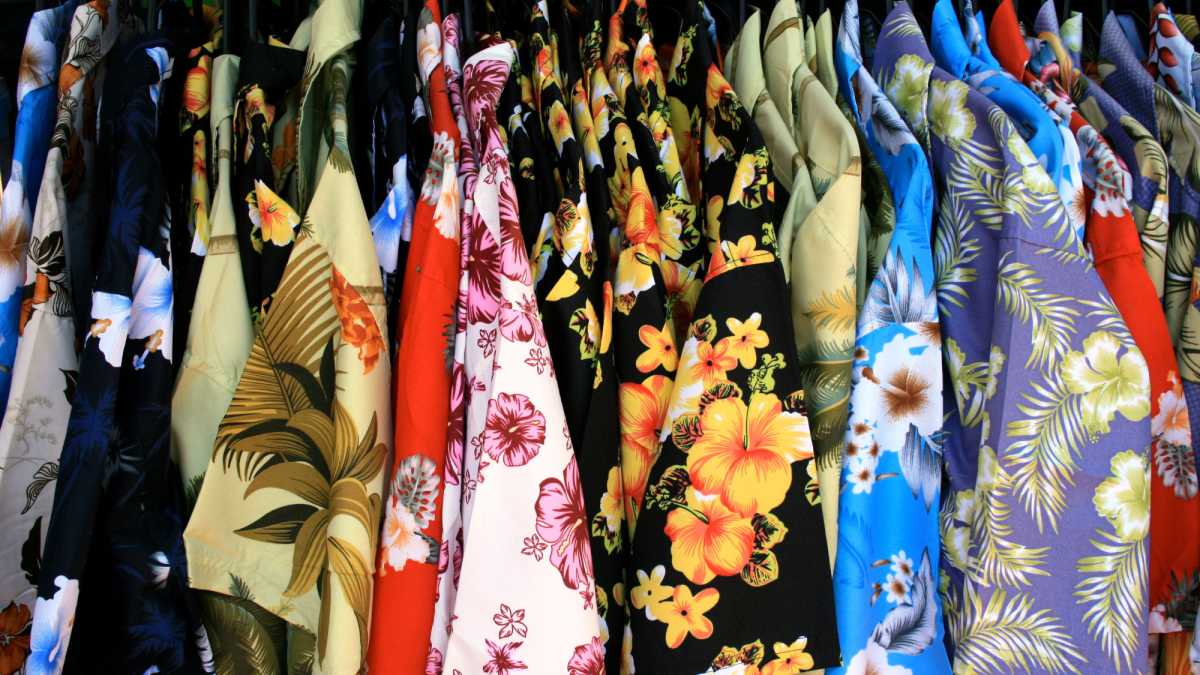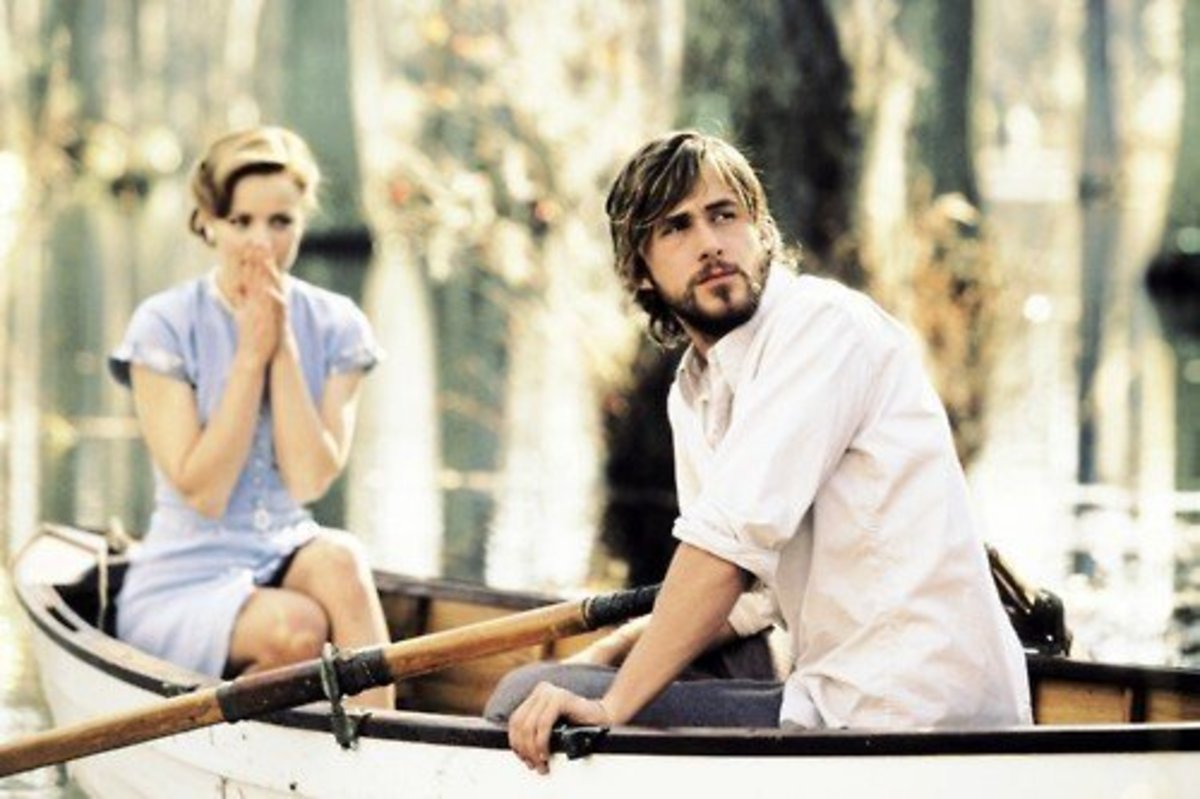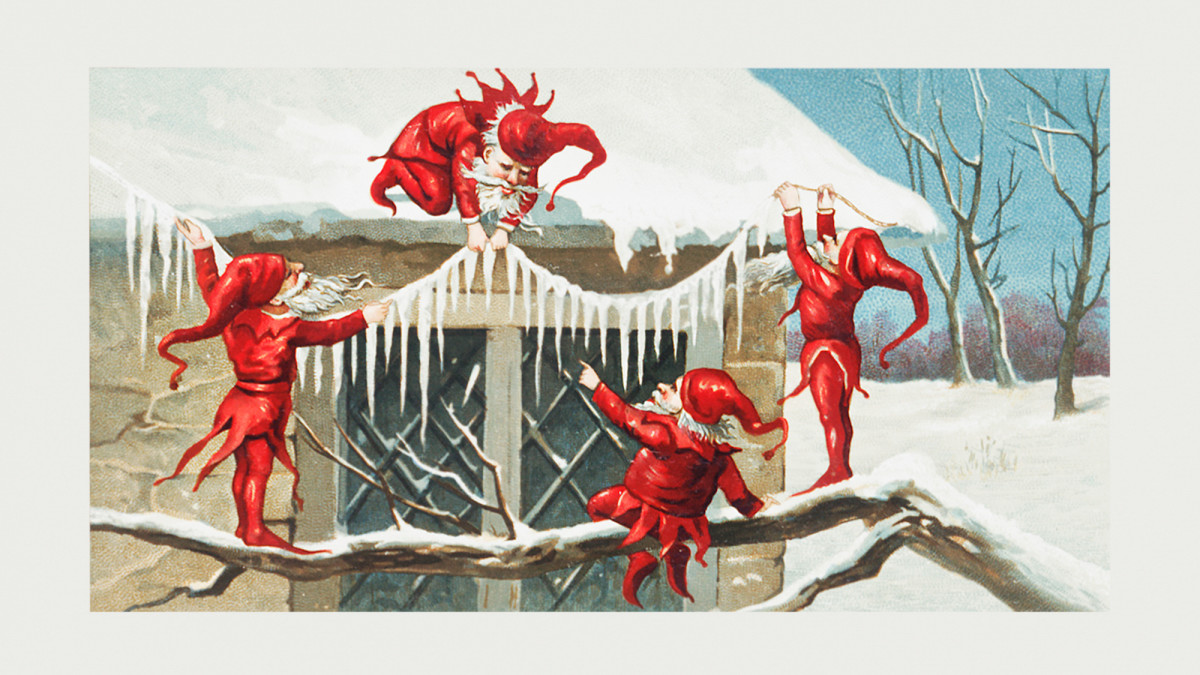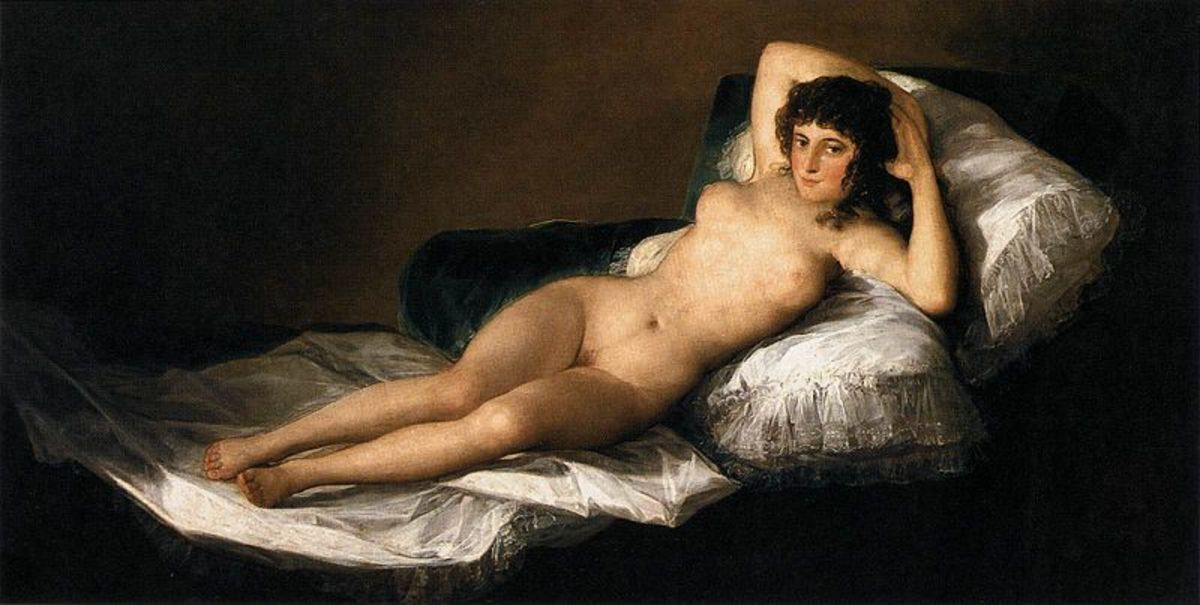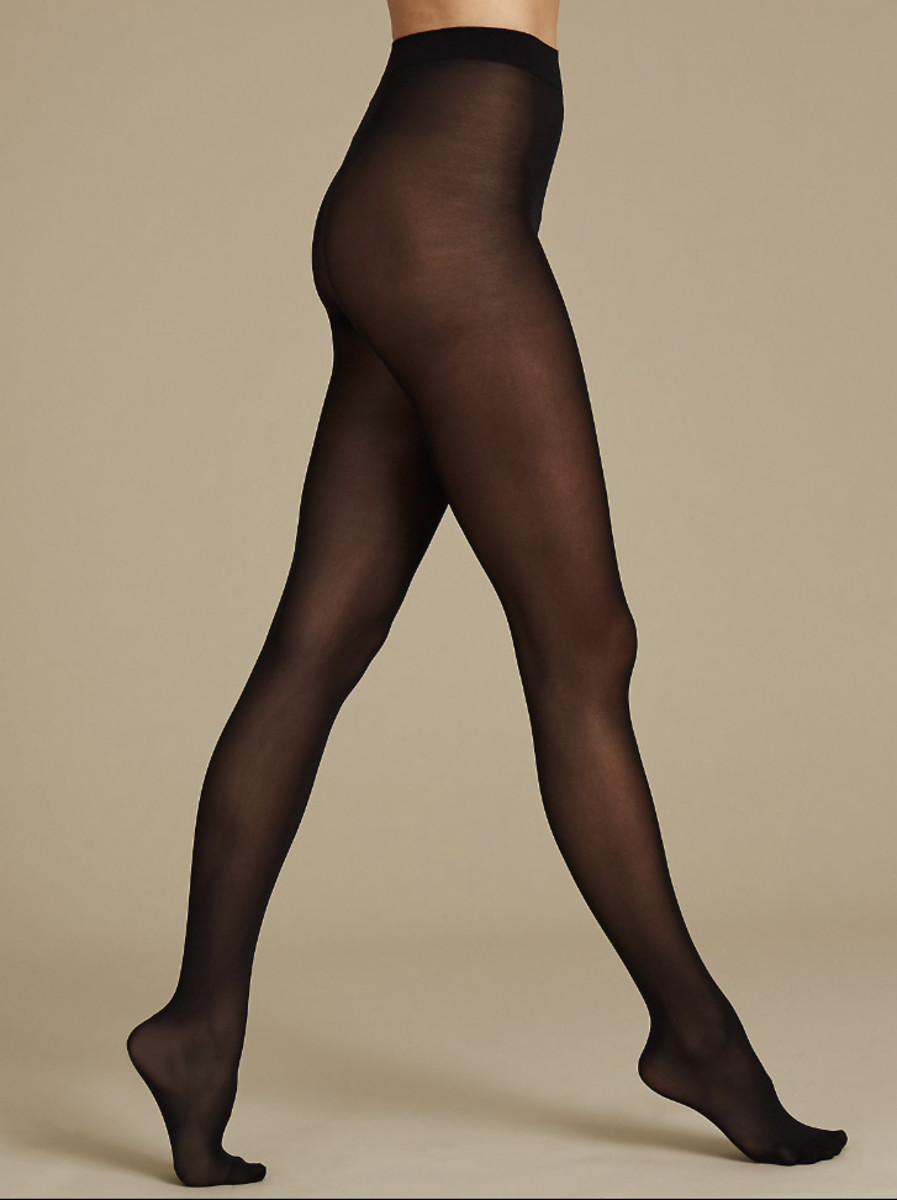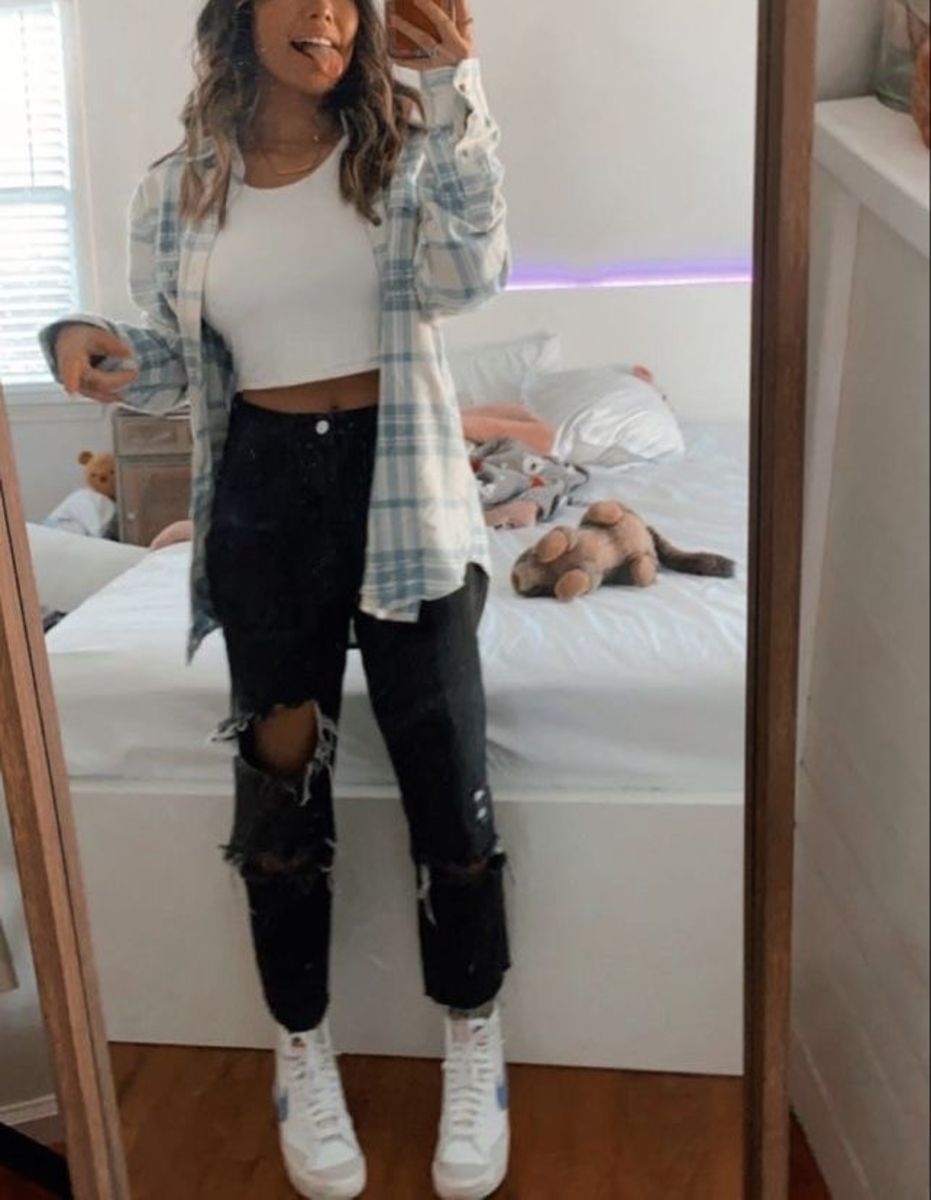Vintage and Retro T-Shirts
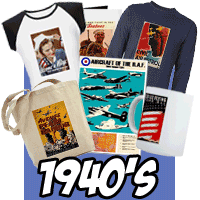
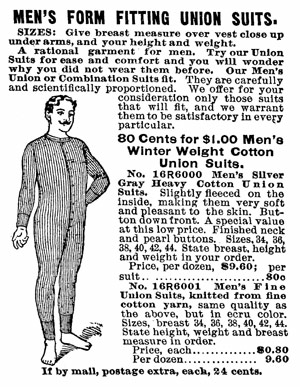
From Underwear to Outerwear
It's strange to think that the popularity of T-shirts is a relatively new phenomenum, given that they are probably the single most common fashion item on the planet.
Worn by men, women and children alike,the T-shirt span all stratas of society. It's the great egalitarian piece of clothing.
Yet prior to the mid-20th century virtually no-one wore fully exposed T-shirts publicly and certainly not as a fashion item.
The humble T-shirt evolved from underwear, which in the 19th century, used to be a neck-to-knee, all-in-one affair, until a widespread fashion for two piece underwear came into vogue.
At that stage, the top of a two-piece underwear set was long so it could be conveniently tucked into the underwear bottoms - sometimes it included buttons, sometimes not but either way it was designed for comfort and warmth.
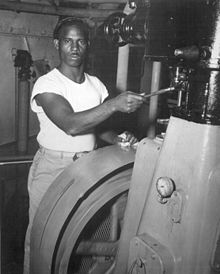

T-shirt Machismo
Although these underwear tops were sometimes worn exposed by labourers, miners and dockworkers, they were still regarded as undergarments by most people and rarely saw the light of day when worn by the average person on the street.
It wasn't until they were worn by US Navy crew at the end of the 19th century that they took on a more universal popularity - adopting a kind of macho cachet in the process.
Yet they still weren't really considered respectable as outer garments among the middle classes - even throughout the 30s and 40s, though they were worn extensively by servicemen. Now of course, they are a staple item and there are probably few people whose wardrobe wouldn't include a T-shirt or two.
The name 'T-shirt' was taken from the obvious T shape of the tops. The early issue Navy T-shirts were made to the same design of soft cotton, crew neck and short sleeves that still defines the classic tee today.
While there have been many fashionable variations on the basic T-shirt shape, including v-necks, buttons, short and tight or long and over-sized, the basics [short sleeves and a simple neck-hole] remain.
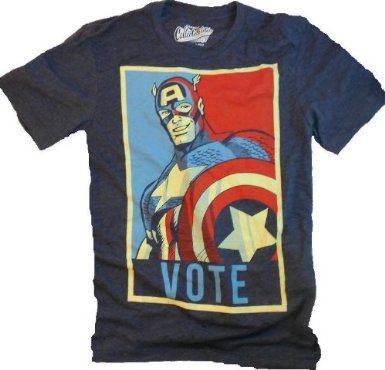
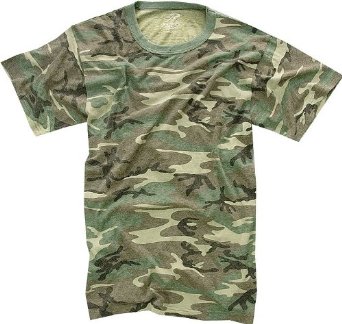
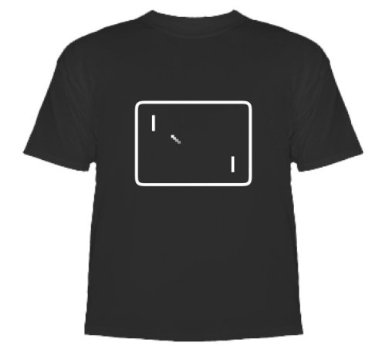
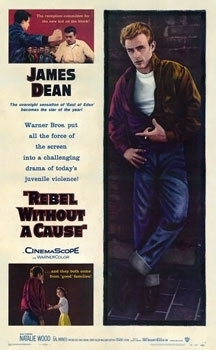
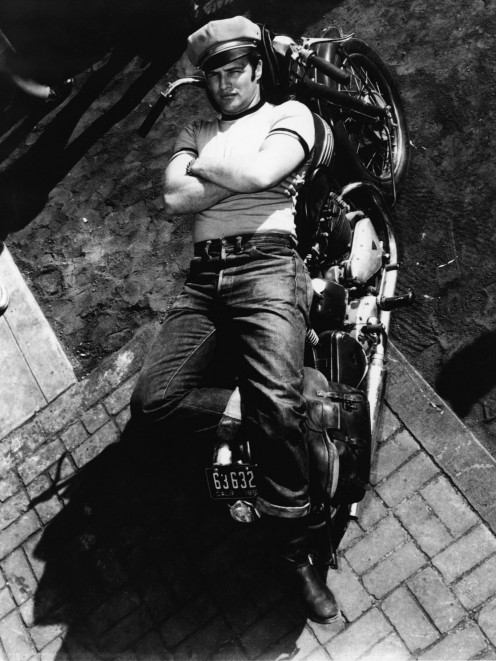
Explosion of the T-shirt - The T shirt as Statement
In the 1950s and especially the irreverant 1960s, clothing got a great deal more relaxed, as jeans, shirts and tees became standard dress for a younger generation. It was a reaction to the repressive dress codes of previous eras. White tees and French stripes were particularly popular mid-century.
The cool, rebellious image of the T-shirt was helped along in the 50s by such films as The WIld One (1953) and Rebel Without a Cause (1955) . Both Brando and James Dean did much to elevate the status of the tee and in fact, the simple ensemble of a leather jacket and white T- shirt is still a sartorial classic.
Over the years the t-shirt has taken on many guises. Although screen-printing on Tees was employed commercially in the 1950s, it was really only in the following decade that it became an art form and a social/political statement.
In the 60s, Union Jack and bullseye motif on a tee was an emblem of the British Mod movement and later, Asian inspired tie-dyed tees became a symbol of the peace loving hippy movement. T-shirts also began to influence the surfing world and vice-versa. In 1961, surfboard maker Floyd Smith reputedly asked local surfers to bring in their white tees so he could print the hip company logo across the front, thus beginning a long association with surfing and printed T-shirts. The 60s also saw the advent of the "ringer" T-shirt; a tight-fitting T-shirt in one colour with contrast rings of colour around the neck and sleeves.
Tees have been used for political slogans, promotions, humour, suggestive catch phrases, to commemorate rock concerts and other events - you name it and it's probably been on a T-shirt. In its purest form, the tee is the blank canvas, upon whch any kind of statement can be superimposed.
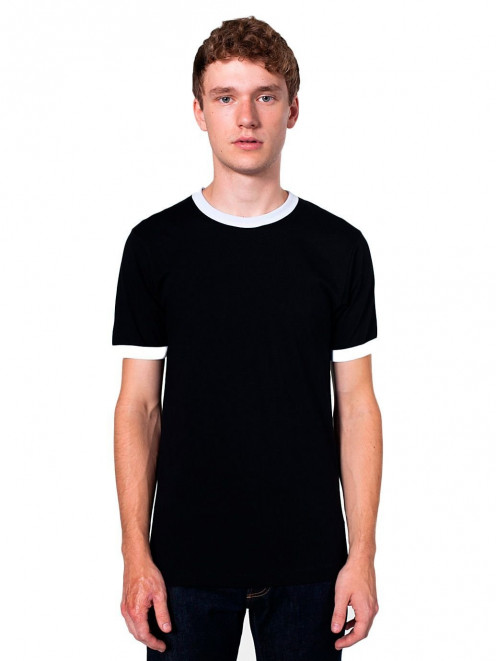
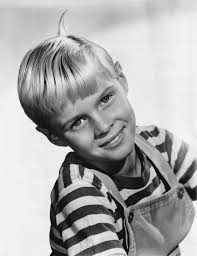
Striped T-Shirts
Stripes, French style, had been common as a clothing style among a certain ilk of men in the early 20th century and, inspired by French sailors, designer Coco Chanel popularised French Stripes for women in the 1920s but it was in the 1950s and 60s that the striped T-shirt reached a height of popularity and is still regarded as a classic T-shirt theme.
In the 50s/60s, striped Tees were particularly popular for boys and became emblematic of American youth fashion.

Peace and Love T-Shirts
~Make love, not war~
During the 60s/70s hippie era, the peace sign was the definitive symbol of a generation. Bright, ethnic inspired colours and designs took over from the stlyish Mods.
Turn a plain T-shirt into a vintage homage to the Love Generation by making your own peace sign. Instructions in the video at right.------>
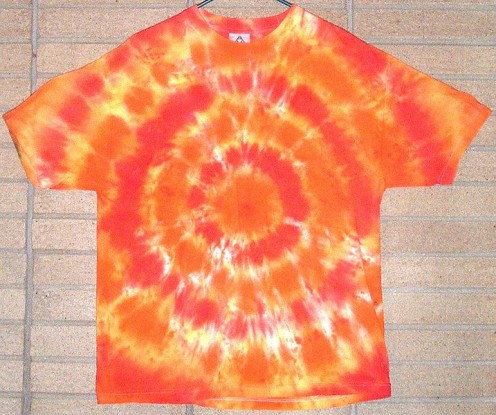
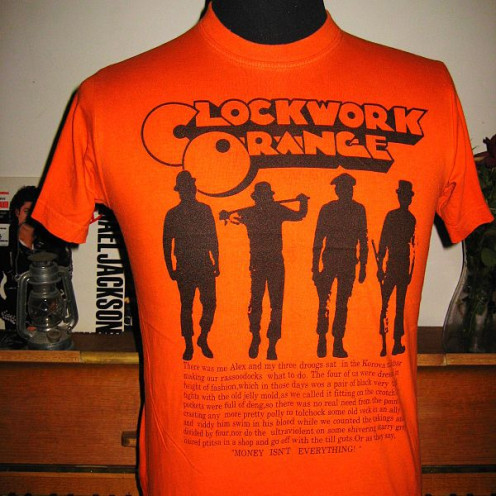
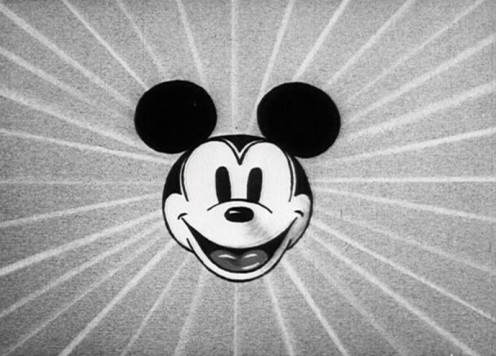
Disney T-shirts
Among the first to employ the humble T-shirt as a promotional canvas for iconic characters was the Miami based company, Toxic Togs which at that time had the licence to reproduce images of the Disney characters.
However it wasn't until the 1970s that Disney T-shirts really took off as fashion items in their own right, rather than purely promotional, though they were of course, still a walking advertisement for Disney.
As Disney emerged post-war as an iconic American phenomenon, a gamut of Disney characters ended up on T-shirts, including Mickey, Minnie, Daisy Duck, Goofy and Pluto.
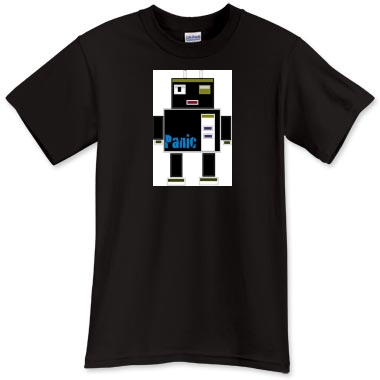
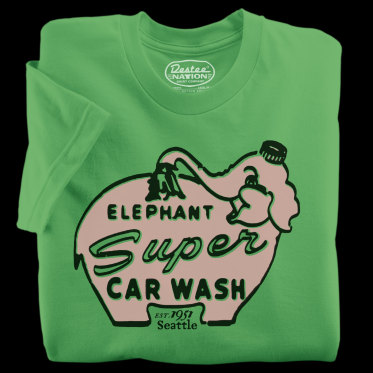
- Historic Destination T-Shirts, Vintage T-Shirts, Cool T-Shirts, Local T-Shirts, Authentic T-Shirts
Destee Nation has a huge range of new-vintage tees based on historic, real life, iconic small business logos and designs
Where to Find Vintage T-shirts
Ebay is a good place to start browsing, as there are a plethora of vintage T-shirts to be found there. Thrift shops are also a possible source, although this can be hit and miss - you need a fair amount of dedication to sort through wades of old clothes.
Vintage stores and trendy second-hand retail shops also sell old T-shirts but these can often carry a hefty price tag as shop keepers capitalise on the thirst for vintage gear.
For modern retro, 80tees.com boasts a wide range of superhero designs. Tailgate Clothing, Spreadshirt and American Apparel all sell vintage inspired tees, while Wolfgangs Vault Apparel grandly claims to have "vintage and retro concert T-Shirts featuring the greatest artwork and music in rock history".
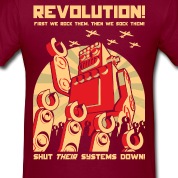
Vintage T Collection
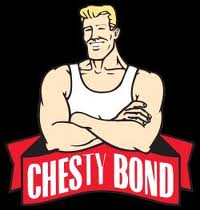
- How Retro.com: Chesty Bond
An icon of Australian manufacturing, the fictional Bond's advertising model, Chesty Bond, is a nostalgic testament to notions of mid 20th century machismo.




